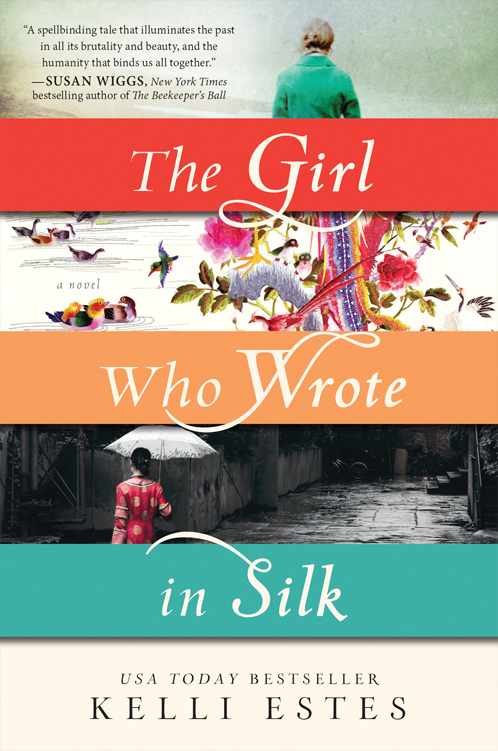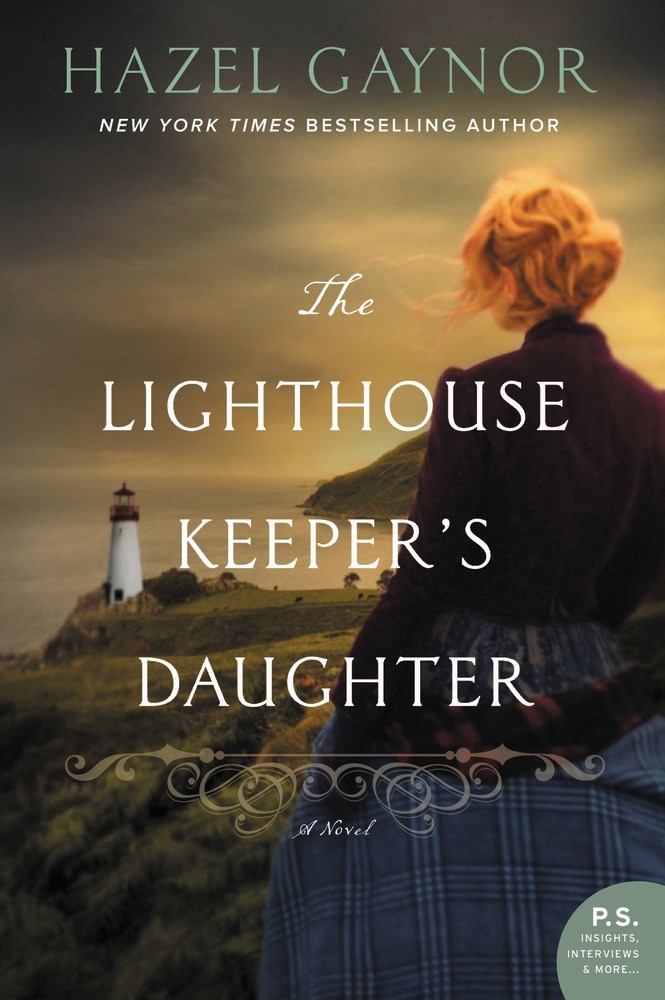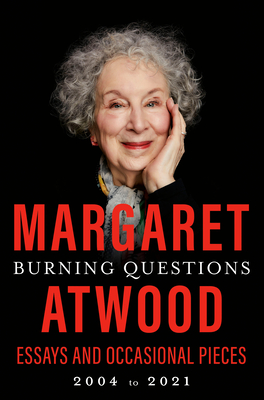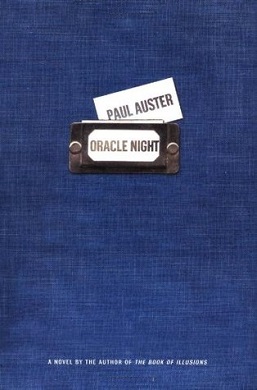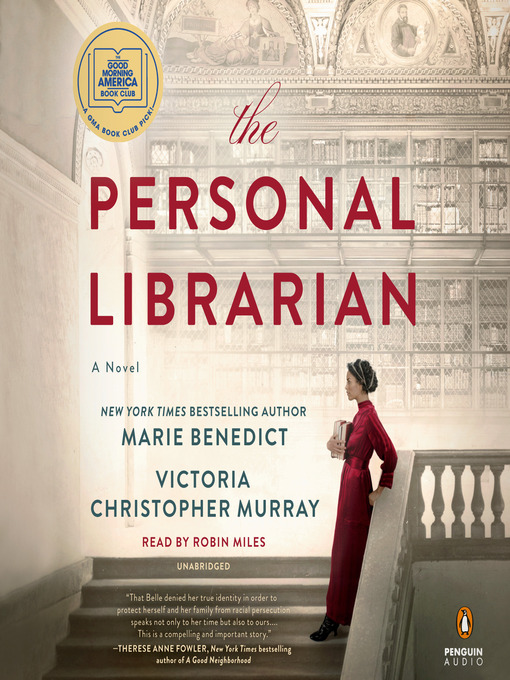
I recently toured Ventfort Hall Mansion and Gilded Age Museum in Stockbridge, Massachusetts. Many folks might recognise it as the location used for the film of The Cider House Rules. I was intrigued because the house was built in 1893 for George and Sarah Morgan, Sarah being the sister of J.P. Morgan, and I happened to be in the middle of reading this story of J.P.’s librarian.
The tour was fascinating, with much detailed information and background. I was drawn to a display about the book and its protagonist Belle da Costa Greene, hired in 1905 as Morgan’s personal librarian to build and curate his library, and the first director of the Morgan Library and Museum after his death.
Belle, as we know now, was a woman of color passing as White. Even as a White woman, her being awarded this position shocked the male-dominated world of the early twentieth century. She went on to become fabulously successful. Intelligent, witty and well educated, she outmaneuvered others to acquire rare and valuable books for the library.
The authors have filled out the few records of Belle’s life to create a stirring portrait of this complicated woman. Her father Richard Greener was the first Black graduate of Harvard, a lawyer and professor who worked for civil rights causes all his life. However, her mother Genevieve decided that the only way for her children to succeed in a prejudiced world was to pass for White. To that end, she moved with the children to New York City and changed their name to da Costa Greene to bolster her claim of Portuguese heritage.
The accounts of Belle’s complicated relationship with Morgan, the enmity of his daughter Anne, and Belle’s adventures in the world of rare books keep the story moving. The real driver of the story, though, is her inner life as she wrestles with her identity and preserving her role, including leaving behind her birth name Marion.
Of course, we don’t know how the real Belle felt about any of it. This is historical fiction. However, its consistency and psychological acumen make it thoroughly believable. I have some qualms about books like this one that interpret the life of a real person, someone who isn’t here to correct mistakes. However, without such books, few of us would know about someone like Belle, long forgotten by history.
While the second half of the book dragged a bit as she goes from success to success, it is still an enjoyable read, and a good complement to Anderson Cooper’s Vanderbilt: The Rise and Fall of an American Dynasty, which I read recently. In Stockbridge, I learned a bit about its other Gilded Age “cottages” which, like the New York mansions in Vanderbilt, competed to outdo each other in size and excessive expenditure. And all, including Ventfort, were quickly disposed of by succeeding generations due to bankruptcy or lack of interest. Ozymandias indeed.
How do you feel about historical fiction based on real people?
